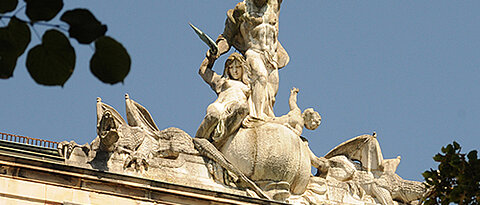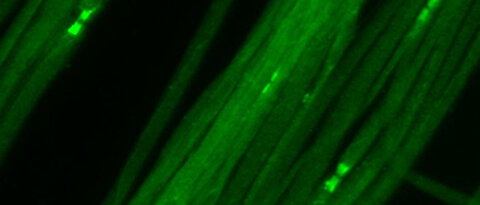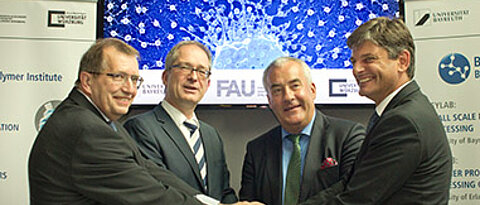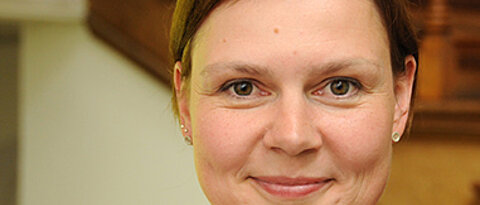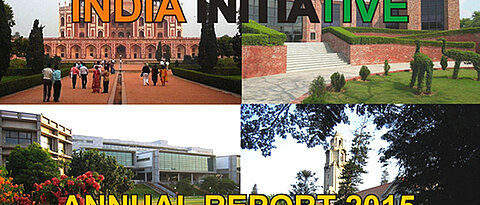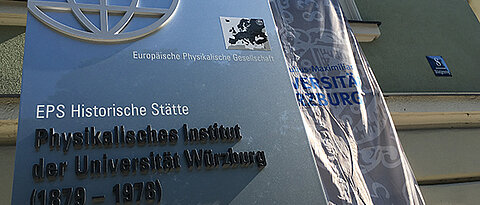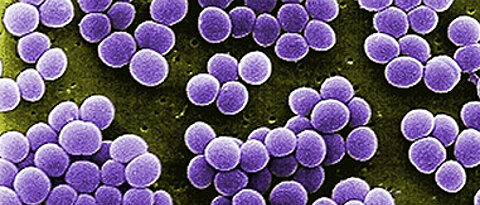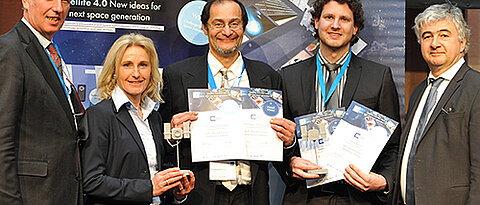
The very first cry of neonates is marked by their maternal language. This seems to be especially apparent in tonal languages, where pitch and pitch fluctuation determine the meaning of words - as a team of scientists led by the University of Würzburg has demonstrated for the first time.
more

